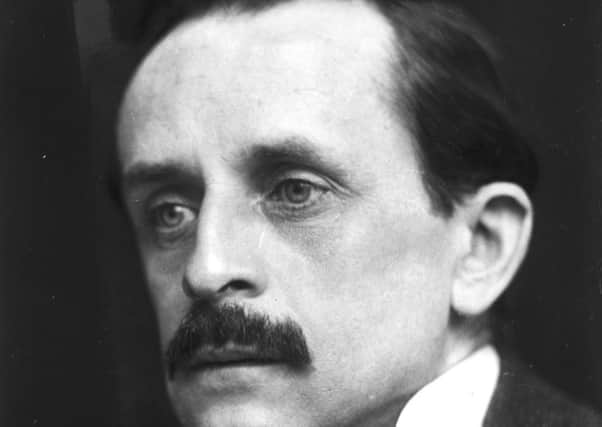Peter Pan creator JM Barrie '˜ahead of his time'
This article contains affiliate links. We may earn a small commission on items purchased through this article, but that does not affect our editorial judgement.


In her report, Dr Rosalind Ridley, Fellow Emerita at Newnham College, University of Cambridge, says that the Scots writer, who died almost 80 years ago had “an almost uncanny grasp” of human cognitive development four to eight decades before modern psychologists.
Dr Ridley, a top neuroscientist whose life work included research into Alzheimer’s, Parkinson’s and BSE, has turned in semi-reirement to the study of cognitive psychology in late nineteenth and early twentieth century children’s books.
Advertisement
Hide AdAdvertisement
Hide AdShe says that the “weirdness of some of Barrie’s illogical stories suggests that he is tapping into something important in cognition”.
Dr Ridley, an avid reader of literature and poetry and a collector of book since childhood, said that re-reading Barrie’s books made her realise the extent to which the weaver’s son from Kirriemuir, Angus, had instinctively grasped many of the topics she had spent her working life on.
She said Barrie invented Peter Pan, first published in 1904, “to make some sense of his own emotional difficulties, to investigate the interplay between the world of facts and the world of imagination, and to rediscover the heightened experiences of infancy”.
Among examples in a new book, she quotes a scene from “Peter Pan in Kensington Gardens” (1906) where Barrie describes a moment when a young girl, seeking to comfort a tearful Peter, gives him her handkerchief. But Peter doesn’t know what to do with it. Barrie writes: “… so she showed him, that is to say she wiped her eyes, and then gave it back to him, saying ‘Now you do it’, but instead of wiping his own eyes he wiped hers, and she thought it would be best to pretend that this is what she had meant”.
Dr Ridley says: “With this touching little scene, J M Barrie neatly demonstrates that he had observed, and understood, something that psychologists call intentionality, a feature of ‘theory of mind’. The ability to understand that one’s own knowledge, beliefs and feelings might not be the same as someone else’s, [which] is one of the keys to understanding the complexity of human relationships, is something that most children learn at the age of three or four.
Advertisement
Hide AdAdvertisement
Hide Ad“In illustrating this fundamental stage of child development through the interaction of two children, one with a solid grasp of other minds and the other without, Barrie was remarkably prescient. The books were written at the turn of the 20th century and the term ‘theory of mind’ was not used until the late 1970s.
DOWNLOAD THE SCOTSMAN APP ON ITUNES OR GOOGLE PLAY